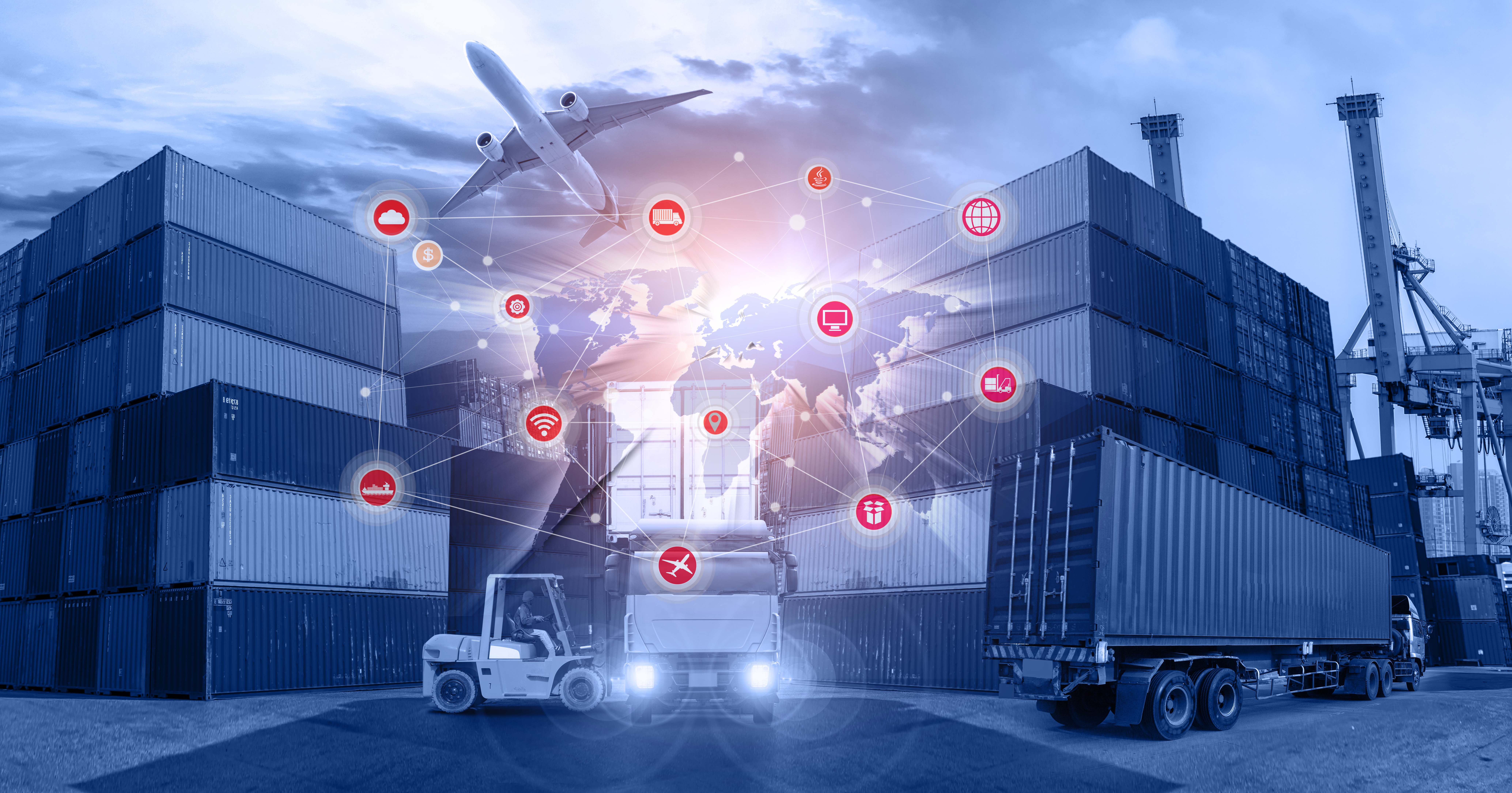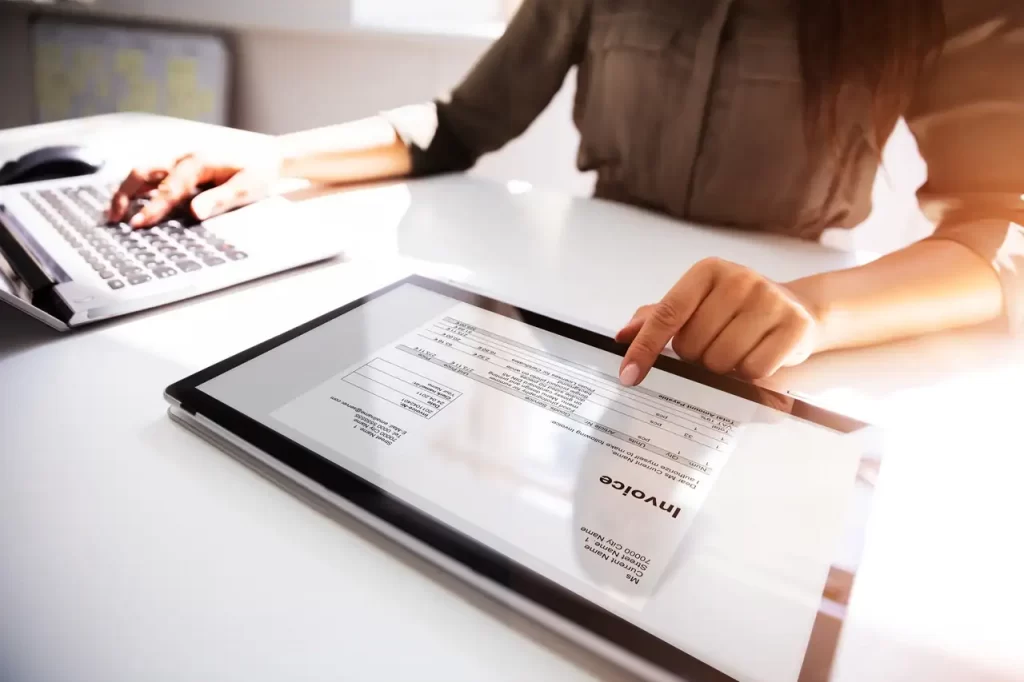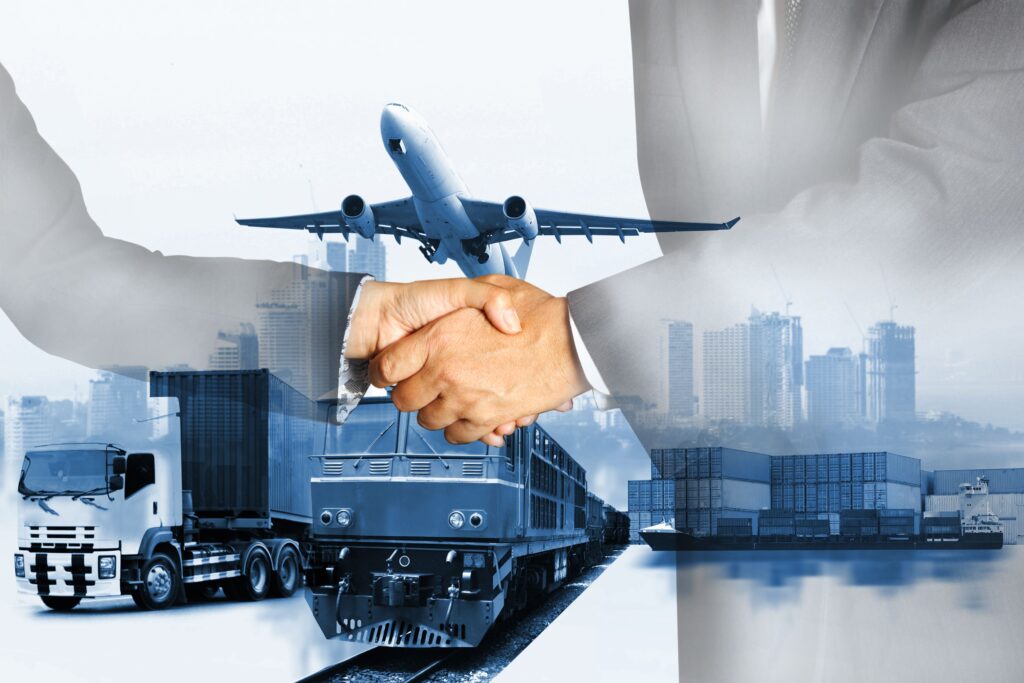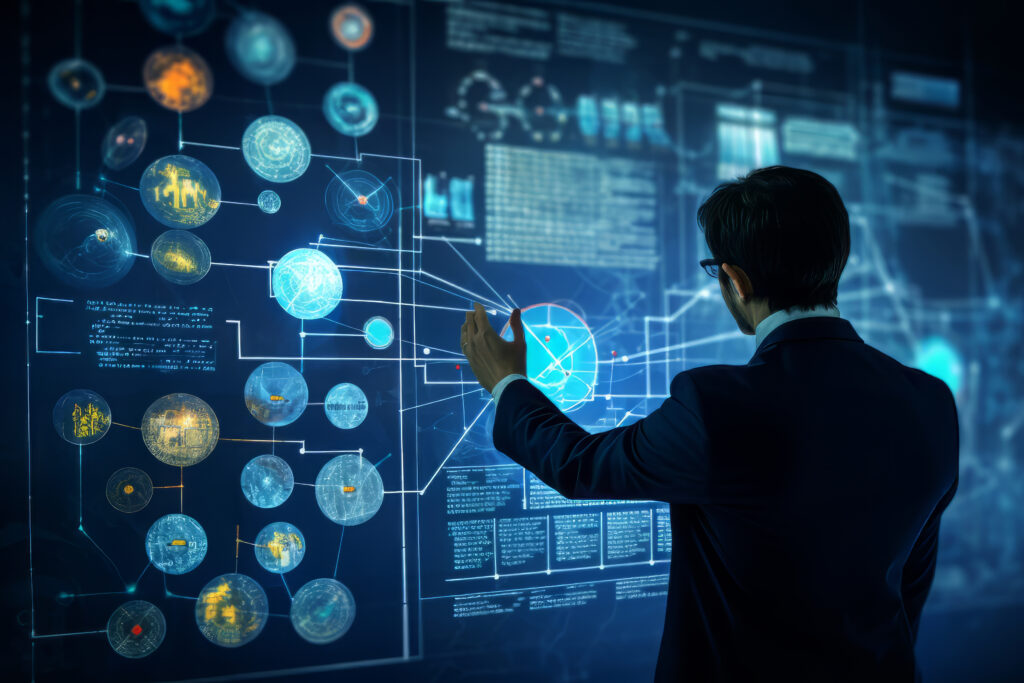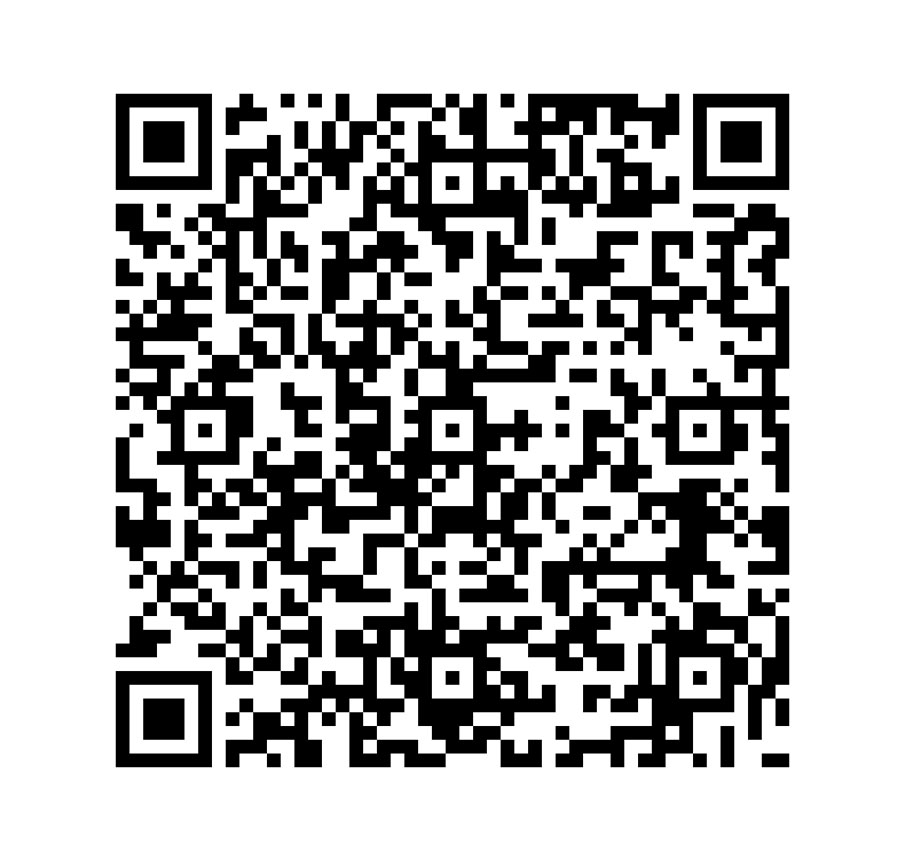In today’s fast-paced logistics world, the bottom line is simple: if your systems don’t talk to each other, your business slows down. Freight forwarders juggling disconnected platforms are losing time, money, and competitive edge.
The problem? Many freight companies still operate with siloed Transportation Management Systems (TMS) and freight forwarding software—each handling crucial tasks like shipment planning, execution, and tracking, but without proper integration. This disconnect leads to duplicated data, operational delays, and costly manual errors.
As customer demands grow and margins shrink, the pressure to streamline operations through automation and seamless software interaction has never been greater.
This blog dives into how TMS and freight forwarding software can—and should—work together to create a unified logistics ecosystem. You’ll discover how integration enhances visibility, reduces redundancies, and drives smarter, faster decisions that keep freight forwarders ahead in a fiercely competitive industry.
1. Understanding the Core Functions TMS vs. Freight Forwarding Software – What’s the Difference?
A TMS is primarily used for planning and optimizing the physical movement of goods. It helps logistics teams choose the best carriers, routes, and freight rates while managing dispatch and delivery.
On the other hand, freight forwarding software manages the documentation-heavy and compliance-driven aspects of international shipping, including customs clearance, cargo consolidation, and communication with shippers and consignees.
While both systems are vital, they serve different purposes. Yet, for freight forwarders, the magic happens when these systems work together.
Solutions like CargoNet, an AI-Powered Freight Software, are leading the way by combining both functionalities and enabling seamless coordination.
2. The Communication Gap: Why Integration Matters
When TMS and freight forwarding software operate in silos, logistics teams are forced to manually duplicate entries, reconcile data, and cross-check records across platforms. This slows down operations and increases the risk of human error.
The real challenge is the lack of visibility. Shipment statuses, rate updates, and carrier communication may be scattered across disconnected systems, making it difficult to respond quickly to delays or disruptions.
Disconnected workflows frustrate both internal teams and customers. In an age where speed and transparency matter, this gap is a serious liability.
3. Bridging the Gap with Automation
Integration through automation is the key to bridging the divide. When TMS and freight forwarding software are linked through APIs or middleware, information flows seamlessly between platforms.
For instance, when a shipment is booked in the TMS, all details can automatically populate in the freight forwarding software—from container details to customs documentation. Updates on shipment status can trigger automated alerts to customers, reducing the need for manual follow-ups.
This level of automation reduces errors, speeds up processes, and allows your team to focus on strategic tasks instead of repetitive data entry. CargoNet leverages AI to enable intelligent workflows, real-time tracking, and automated documentation, setting a new benchmark for efficiency.
4. Key Benefits of Integration
- End-to-End Visibility: Gain a unified view of your shipments across all legs of transport.
- Reduced Manual Work: Automation handles repetitive tasks, freeing up human resources.
- Smarter Decision-Making: Real-time data enables faster responses to logistics challenges.
- Customer Satisfaction: Clients receive timely updates and accurate ETAs.
- Scalability: As your business grows, integrated systems scale effortlessly.
5. What to Look for in an Integrated Solution
Not all integrations are created equal. When evaluating your freight forwarding software and TMS, look for:
- API-first architecture for flexibility
- Cloud-based access for global connectivity
- Automation tools for data synchronization
- Real-time reporting dashboards
- Customizable workflows to match your operations
6. Customs Clearance & EDI Integration
Streamline regulatory compliance with:
- Customs EDI Filing (ICES, ICEGATE, eSanchit, GCC SAD system)
- Bill of Entry, Shipping Bill, DSR, and TRN generation
- HS code mapping & duty calculator
- API-based carrier/port system integration
- Digital document upload for customs audits
Final Thoughts
Disconnected systems are a thing of the past. Freight forwarders who invest in integrated, automated solutions will gain operational efficiency, better visibility, and improved customer service.
TMS and freight forwarding software aren’t just complementary—together, they’re the backbone of a future-ready logistics business.
Start evaluating your software stack today, and move toward a more connected and automated tomorrow with solutions like CargoNet, your trusted AI-powered freight software

